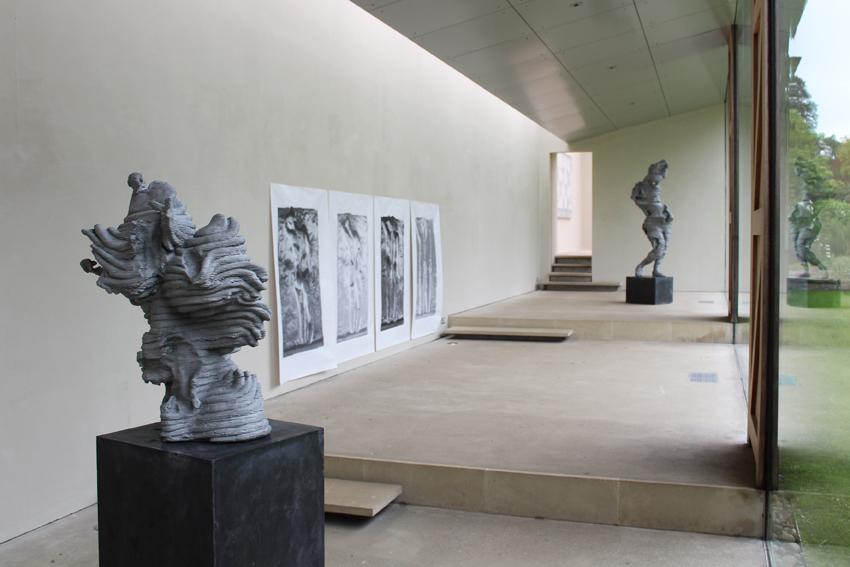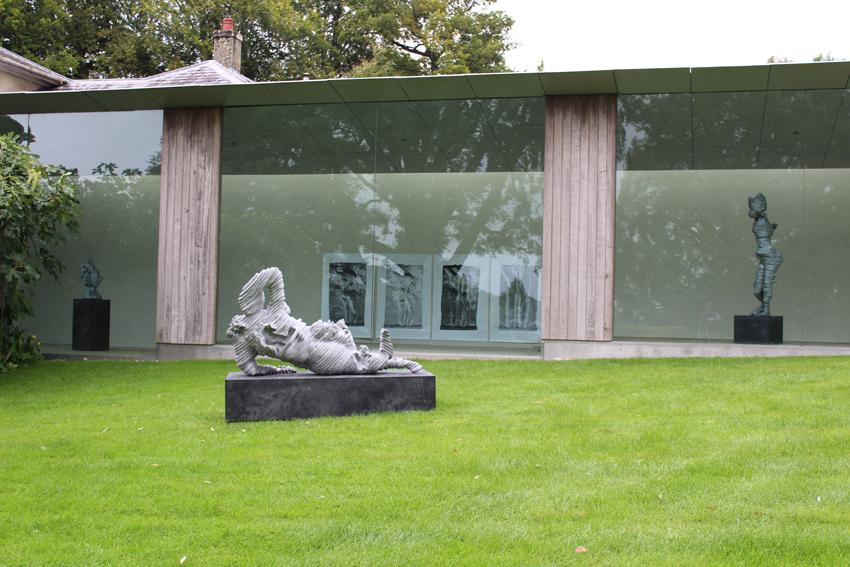Artists are increasingly turning to 3D printing to produce their pieces. It is not often, however, that the artist intentionally interferes with the additive manufacturing process and uses the result of this in the final work.
One such artist who decided to do this is Toby Ziegler. The London-born mixed media practitioner used a combination of image manipulation, sculpting, casting and 3D printing over three years to produce the “Slave” sculpture group.
From 2D images to 3D human
The starting point for the exhibition’s eponymous sculpture, one of three original works, was a search engine image of Henri Matisse’s bronze sculpture “The Serf”. This image was then digitally distorted and blurred to abstraction.
The leap from 2D to 3D came when Ziegler turned his hand to creating coiled clay models of the distorted image of the sculpture. “I wanted them to look like they had come off a 3D printer, although they were made by hand,” he explained in a recent interview.
Ziegler was inspired by the 3D printing process and brings this into his work. He initially builds up a 3D polygon virtual model and then introduces elements of distortion. The model was then evenly sliced up into 2D segments, which became cardboard templates.

3D Human to 3D machine
Ziegler then built up coils of clay according to these templates, “periodically disrupting” this process by changing his gestures all of a sudden, “in the same way that coil pots slump and fall”. He describes these as “baroque flourishes amongst the otherwise regular strata”.
This clay form, now merely a shadow of its 2D template, was then 3D scanned. The 3D scan was enlarged and finally 3D printed by iMakr in London using their 3MTWasp printer. The printer’s nozzle size of 3mm was twice the layer height of the final print. This particular layer height was chosen by Ziegler, who reassembled the printed pieces into a sculpture.
While the unusual, irregular and disrupted sections of the sculpture “tested” the 3D printer, disrupting the otherwise regular layers just like the disruptions in the original clay forms, the machine itself also constrained the size (180x57x57cm) and resolution of the final print.

3D Machine to 3D sculpture
The final leg of this artistic journey was the aluminium casting process. These casts reflected the flourishes and disruptions of the 3D printing process. The aluminium used in the casting process was oxidised, meaning that with age, the sculptures will become gradually whiter.
The piece raises interesting insights into final form, time, permanence, replication, imperfection, the idea of the machine as an artist, and the boundary between craft production and art. It also shows how a 3D remix can itself become a work of art.
The “Slave” group will be exhibited at the New Art Centre in Salisbury until the 26th November.
For more insights into 3D printing in art and sculpture, subscribe to our free 3D Printing Industry newsletter, follow us on Twitter, and like us on Facebook.
Featured image shows “Slave” from two views at the New Art Centre, Salisbury. Photos via New Art Centre.

